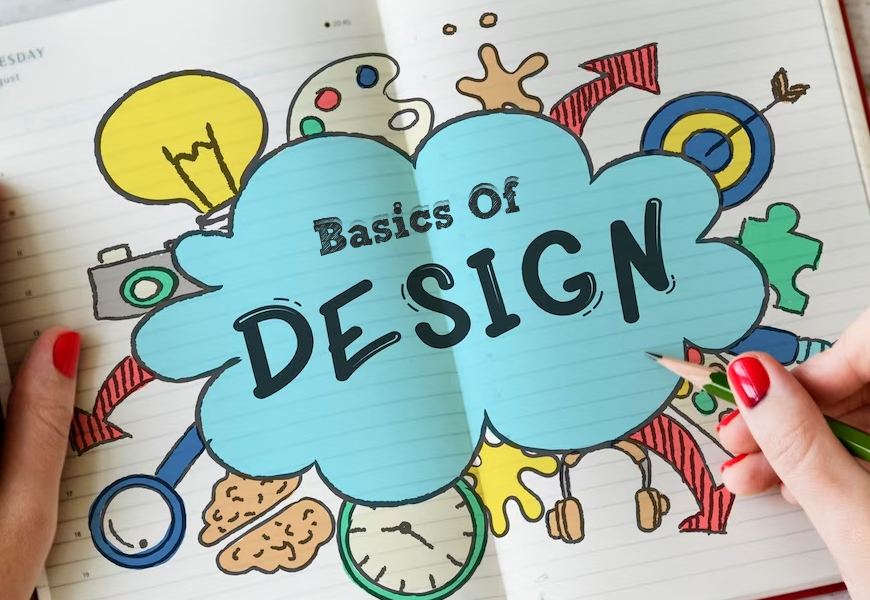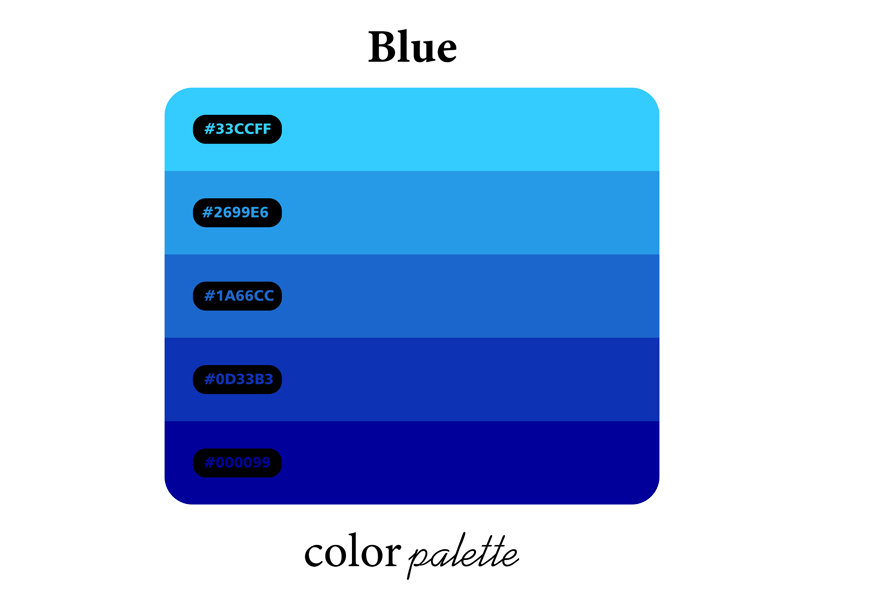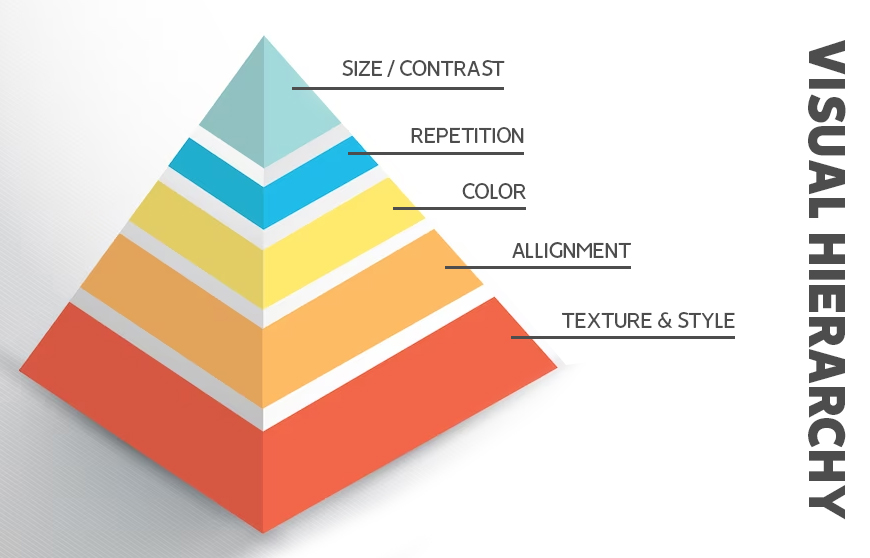Visual communication is critical in today’s technologically driven world, where compelling graphics can successfully convey information and captivate attention. As a student, incorporating graphic design into your college assignments can increase their impact and create a lasting effect on your audience. You don’t have to be a professional designer to do this. By following a few key graphic design techniques, you may significantly improve the quality of your work.
This article will offer you practical tips for creating outstanding visuals for your college assignments.
Table Of Content
1) Understand The Basics Of Design
Understanding the fundamental concepts of graphic design is crucial before moving on to more advanced features. Alignment, contrast, hierarchy, balance, and typography are all important principles. Alignment ensures that elements are visually connected and that there is a sense of order. Contrast highlights significant features and generates visual attention by using variances in color, size, or shape. Hierarchy organizes information and guides the viewer through it. To preserve design equilibrium, balance distributes visual weight uniformly. Typography entails picking appropriate typefaces and utilizing them consistently to improve readability and express the appropriate tone.

College students often encounter problems while writing essays. There can be many reasons for that, including poor writing skills, lack of focus, and time. This is where GrabMyEssay can help. This site allows students to get professional essay writing services and more. One can easily hire an expert writer to write essays for them at a reasonable rate.
2) Embrace White Space

White space, often known as negative space, is the empty or unmarked region that surrounds design elements. Many students underestimate the value of white space in their work, yet including it thoughtfully is critical for developing aesthetically appealing designs. White space allows your design to breathe while also creating a feeling of balance and refinement. It gives the viewer’s eye a respite, making the material easier to assimilate and less overpowering.
Consider the overall arrangement and spacing between elements when using white space. Avoid overcrowding your design with too much material, and give the vital pieces enough of space to shine out. Use white space to draw the viewer’s attention to important information while leading them through the content in a clear and structured manner.
If you are interested in pursuing a coveted design degree program, we have some recommendations for you. You can see more info on this to check out some of the top design degree courses that will help you advance your knowledge and give a boost to your career aspirations.
3) Select A Cohesive Color Scheme
Color can elicit emotions and express certain meanings, making it a strong element in graphic design. Choosing a consistent color palette for your college assignments is important for producing a unified and aesthetically appealing design. Begin by choosing a primary color that best suits your project’s tone and subject. Then, add a couple of secondary colors that complement each other beautifully.

When selecting a color scheme, keep color psychology in mind. Colors may provoke various emotional reactions. Blue, for example, is frequently linked with tranquility and professionalism, but red may convey enthusiasm and urgency. Choose colors that correspond to the message you want to send and the feelings you want to provoke in your audience.
Contrast is important not just for design components but also for color. Use contrasting colors to draw attention to crucial parts and generate visual appeal. However, avoid employing too many bright hues, which may clash and overwhelm the spectator. To maintain a unified and aesthetically attractive design, strike a balance between bright and subtle tones.
Furthermore, make certain that the color combination you select is accessible to all users, including those with color vision problems. You may use online tools to verify the accessibility of your color scheme and make any required changes for inclusion.
4) Visual Hierarchy

Creating a clear visual hierarchy is key for directing the viewer’s attention and ensuring that the most important information in your college projects is easily conveyed. Use design elements such as size, color, font, and spatial layout to establish hierarchy. As larger items attract more attention, use size to highlight crucial points or headers. Color contrast also serves to establish a visual hierarchy by highlighting significant areas. Change the text sizes, styles, and weights to draw the viewer’s attention. Additionally, to attract initial attention, strategically arrange critical information at the top or middle of the design.
5) Use High-Quality Images

Visuals are essential in graphic design, and using high-quality photos may improve the overall attractiveness of your college work. When using pictures, follow these guidelines:
- To avoid pixelation, make sure photos have enough resolution for the intended output.
- Choose photos that are related to your text and complement your point.
- Maintain consistency in your picture selections to improve overall visual harmony.
- When using photos from other sources, follow copyright and license guidelines by providing due attribution and obtaining the relevant permissions.
Final Words
As a student, learning graphic design may dramatically improve the quality and impact of your college assignments. You can create attractive graphics that engage your audience and successfully deliver your message by knowing the fundamental principles of design, embracing white space, selecting a unified color scheme, adding visual hierarchy, and employing high-quality photos. Make sure to practice regularly, experiment with new approaches, and hone your design talents. With hard work and imagination, you may become a skilled graphic designer and make a lasting impression on your college assignments.
















